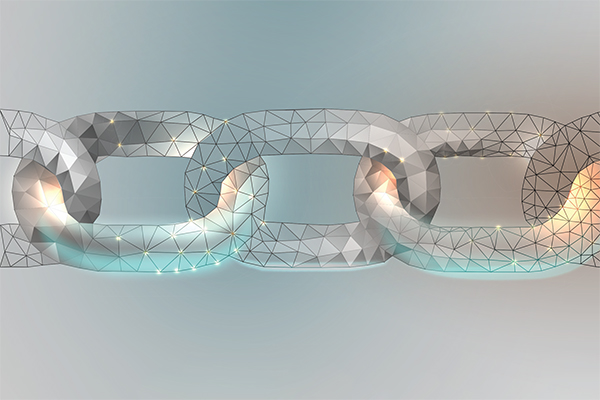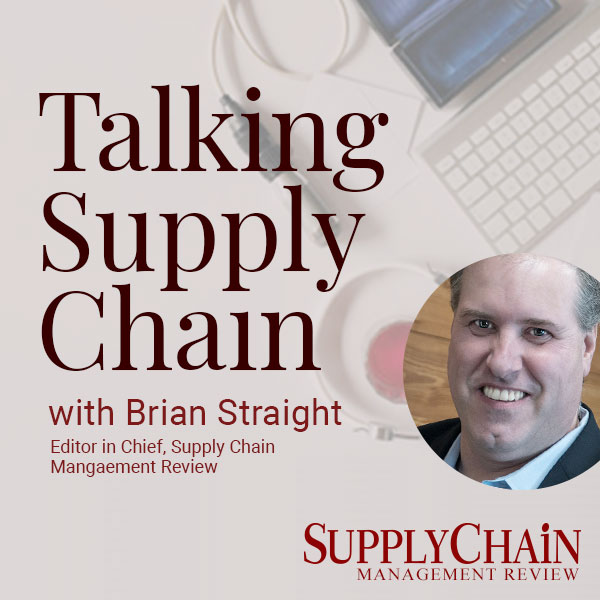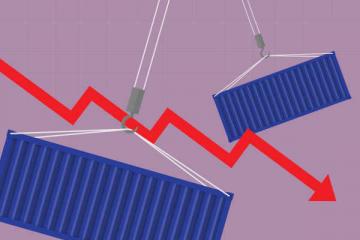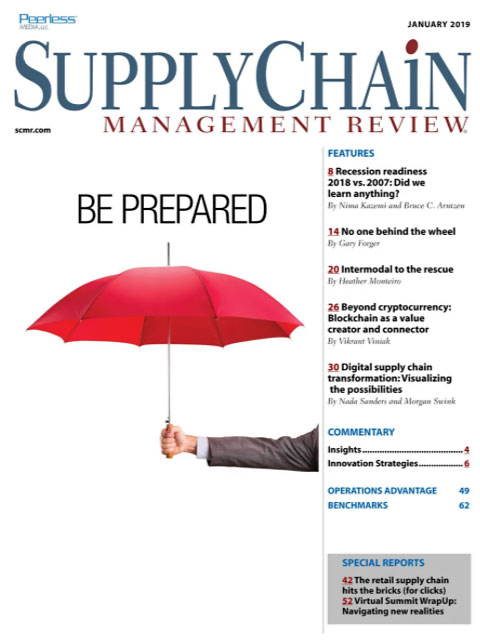Sorry, but your login has failed. Please recheck your login information and resubmit. If your subscription has expired, renew here.
January-February 2019
Truth be told, I was not a Boy Scout, or at least not a very good scout and not for very long. But I think there are some lessons for supply chain managers in the Scout motto: Be prepared. When I Wiki’d it this morning, I found the following: Be prepared, which means you are always in a state of readiness in mind and body to do your duty. Browse this issue archive.Need Help? Contact customer service 847-559-7581 More options
Most people recognize blockchain as the underlying technology for en-vogue cryptocurrency, but few truly grasp the potential of this technology to substantially reduce operating costs for companies and enable new ways of creating value. For companies reliant on strategic partnerships, or those that are seeking to increase the transparency of interactions between consumers or business partners, blockchain presents a world of possibilities. Ultimately, as companies co-invest in blockchain solutions, we will see supply chains and business partner ecosystems become increasingly interconnected, enhancing a sense of shared fate and creating opportunities for joint ventures.
To understand the value of blockchain to companies, both as a cost savings and value creation mechanism, we will explore three key use cases. As we lay out these three examples, it will become clear how blockchain can enable a substantial evolution of partnerships along the supply chain. Our three use cases are:
- how blockchain can increase transparency in the supply chain by validating provenance;
- how blockchain can reduce costs and complexity in asset tracking and smart contracts; and
- how blockchain can drive upsell opportunities through data purity.
Understanding what blockchain does and what it looks like in practice
First, it’s important to understand what blockchain does, how companies can cooperate to implement blockchain solutions and what that looks like in practice. Blockchain is a digital, distributed transaction ledger shared across a public or private computing network. Transactions are added to the blockchain only after the computers in the network confirm their validity through cryptographic challenge-response authentication. This feature eliminates the need for thirdparty intermediaries, as the network uses a consensus mechanism to execute transactions. Transactions are stored on the blockchain in groups called “blocks.”

This complete article is available to subscribers only.
Log in now for full access or start your PLUS+ subscription for instant access.
SC
MR
Sorry, but your login has failed. Please recheck your login information and resubmit. If your subscription has expired, renew here.
January-February 2019
Truth be told, I was not a Boy Scout, or at least not a very good scout and not for very long. But I think there are some lessons for supply chain managers in the Scout motto: Be prepared. When I Wiki’d it this… Browse this issue archive. Access your online digital edition. Download a PDF file of the January-February 2019 issue.Most people recognize blockchain as the underlying technology for en-vogue cryptocurrency, but few truly grasp the potential of this technology to substantially reduce operating costs for companies and enable new ways of creating value. For companies reliant on strategic partnerships, or those that are seeking to increase the transparency of interactions between consumers or business partners, blockchain presents a world of possibilities. Ultimately, as companies co-invest in blockchain solutions, we will see supply chains and business partner ecosystems become increasingly interconnected, enhancing a sense of shared fate and creating opportunities for joint ventures.
To understand the value of blockchain to companies, both as a cost savings and value creation mechanism, we will explore three key use cases. As we lay out these three examples, it will become clear how blockchain can enable a substantial evolution of partnerships along the supply chain. Our three use cases are:
- how blockchain can increase transparency in the supply chain by validating provenance;
- how blockchain can reduce costs and complexity in asset tracking and smart contracts; and
- how blockchain can drive upsell opportunities through data purity.
Understanding what blockchain does and what it looks like in practice
First, it's important to understand what blockchain does, how companies can cooperate to implement blockchain solutions and what that looks like in practice. Blockchain is a digital, distributed transaction ledger shared across a public or private computing network. Transactions are added to the blockchain only after the computers in the network confirm their validity through cryptographic challenge-response authentication. This feature eliminates the need for thirdparty intermediaries, as the network uses a consensus mechanism to execute transactions. Transactions are stored on the blockchain in groups called “blocks.”
 SUBSCRIBERS: Click here to download PDF of the full article.
SUBSCRIBERS: Click here to download PDF of the full article.
SC
MR


Latest Supply Chain News
- Few executives believe their supply chains can respond quickly to disruptions
- Technology’s role in mending supply chain fragility after recent disruptions
- Tech investments bring revenue increases, survey finds
- Survey reveals strategies for addressing supply chain, logistics labor shortages
- Israel, Ukraine aid package to increase pressure on aerospace and defense supply chains
- More News
Latest Podcast

 Explore
Explore
Software & Technology News
- Technology’s role in mending supply chain fragility after recent disruptions
- Tech investments bring revenue increases, survey finds
- Survey reveals strategies for addressing supply chain, logistics labor shortages
- AI, virtual reality is bringing experiential learning into the modern age
- Humanoid robots’ place in an intralogistics smart robot strategy
- Tips for CIOs to overcome technology talent acquisition troubles
- More Software & Technology
Latest Software & Technology Resources

Subscribe

Supply Chain Management Review delivers the best industry content.

Editors’ Picks






